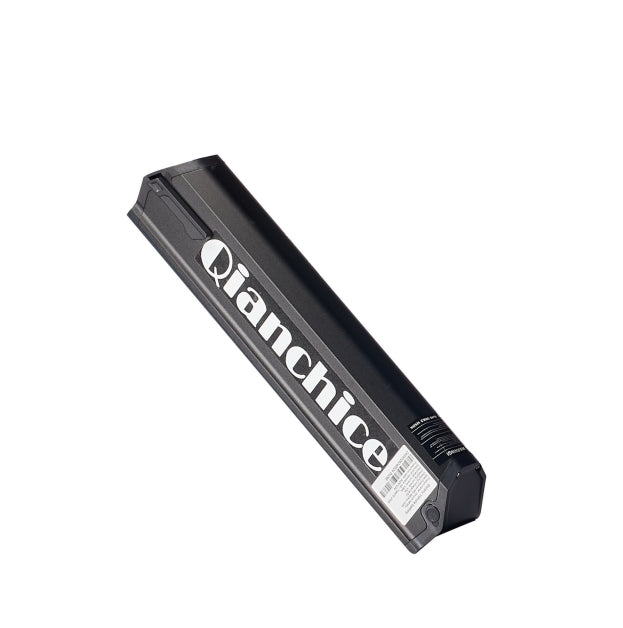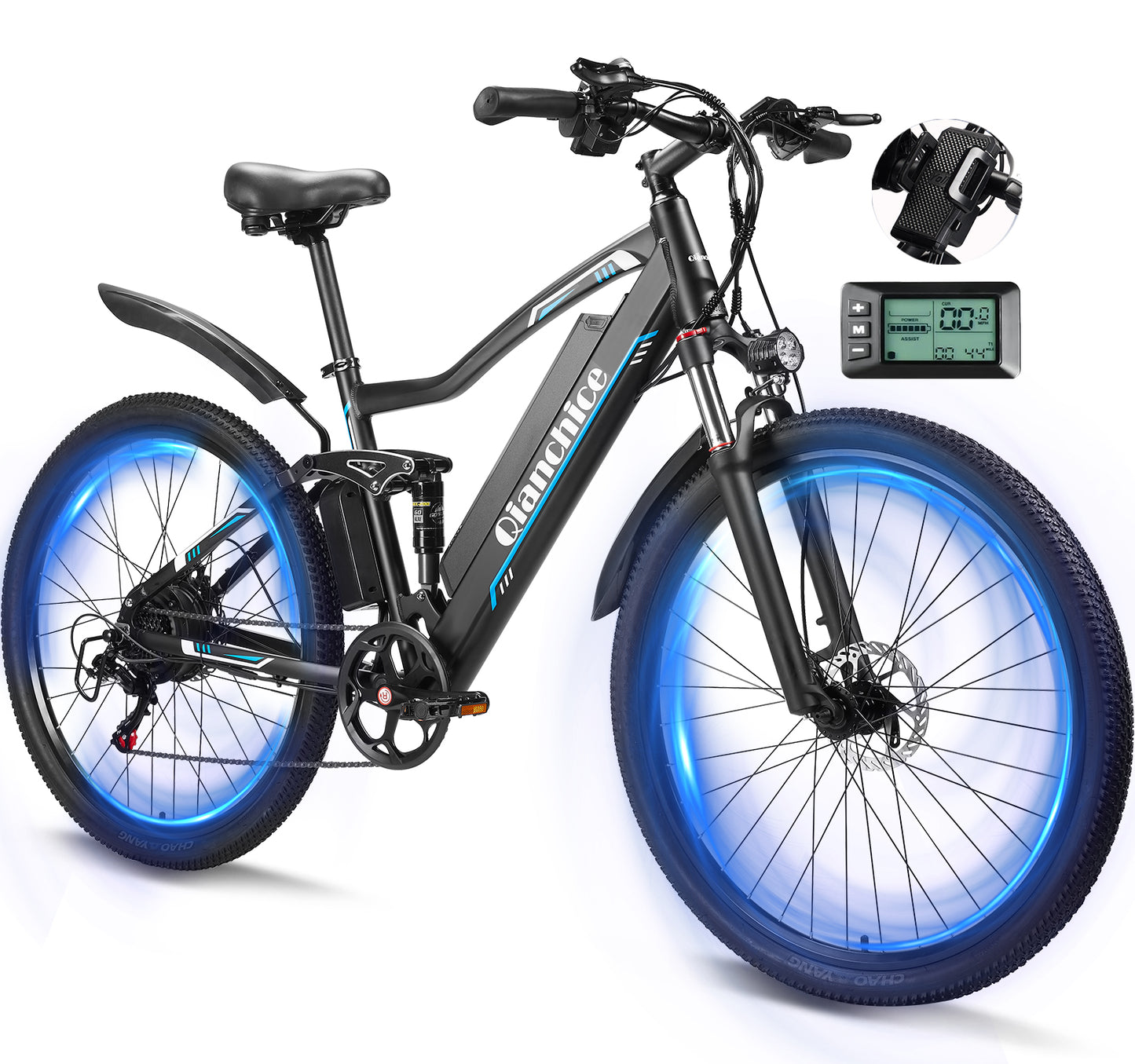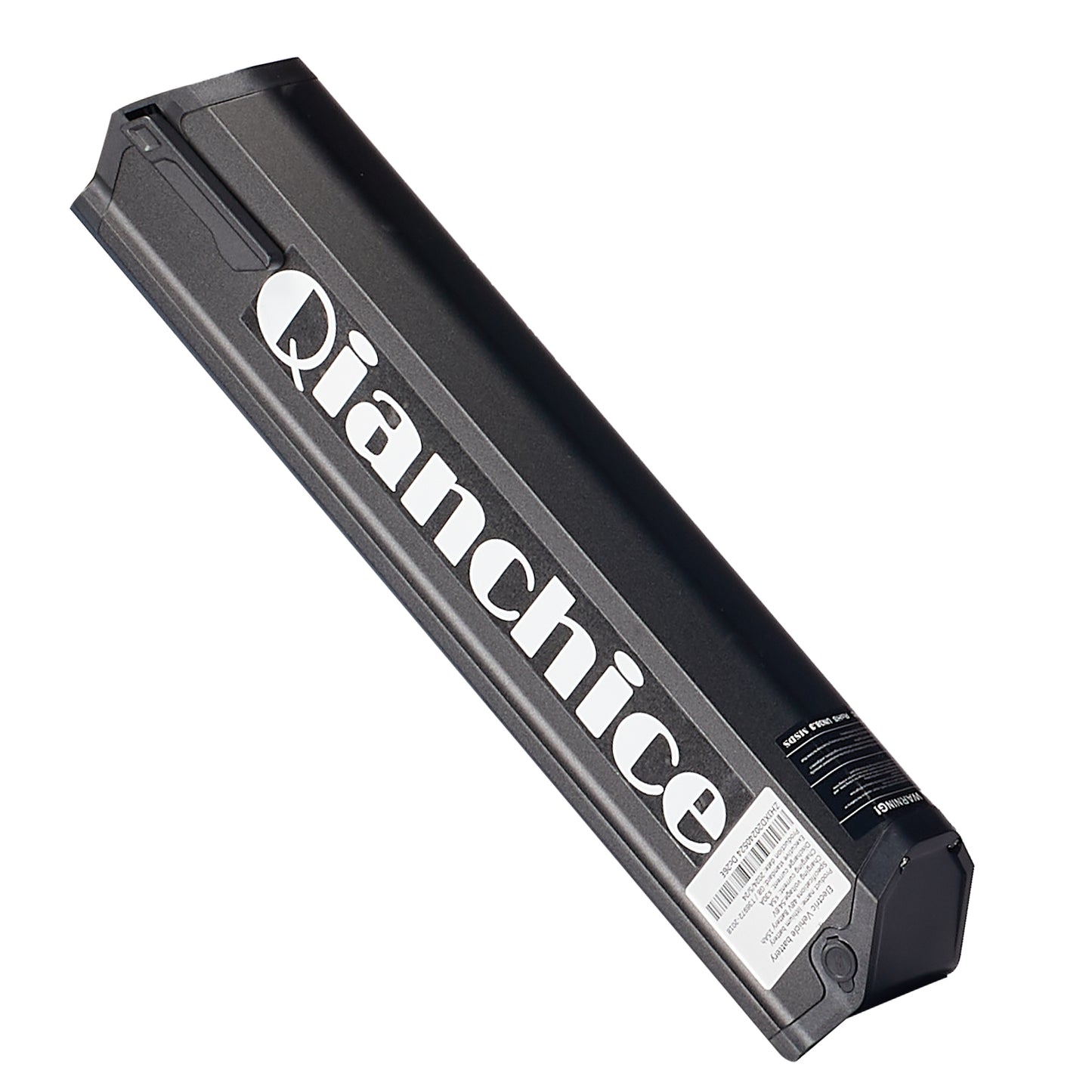How to Winterize Your Electric Bicycle: Essential Tips for Proper Storage
Share
As winter approaches, it's crucial to prepare your electric bicycle (e-bike) for the cold months ahead. Freezing temperatures can have a significant impact on your e-bike’s components, especially the battery. By taking some simple precautions, you can extend the lifespan of your bike and avoid costly repairs.
Why Winter Storage Matters
Cold weather is one of the biggest challenges for e-bikes. Even if your area doesn't see heavy snowfall, low temperatures can shrink metal parts, cause rubber to crack, and, most importantly, drain your battery more quickly. Over time, improper winter storage can cause serious damage, leading to premature wear on mechanical and electrical components. Without proper care, your bike could require frequent repairs, and eventually, you may be forced to replace it altogether.
Winter Storage Tips for Your Electric Bicycle
Follow these straightforward steps to ensure your e-bike stays in great condition all winter long:
1. Clean and Dry Your E-Bike
Before storing your bike, thoroughly wipe it down to remove any dirt, moisture, or grime. This prevents rust and corrosion that can develop when moisture is left to sit on the metal parts.
2. Charge Your Battery Correctly
It's important to store your e-bike battery with a charge of around 50–80% capacity (ideally 50%). This helps prevent the battery from discharging too quickly in cold weather and preserves its longevity. Avoid storing it fully charged or completely drained.
3. Remove the Battery
For added protection, take the battery out of the bike and store it in a warm, dry place. Cold temperatures can damage the battery, so it’s important to keep it at a stable, moderate temperature to preserve its health.
4. Check Electrical Connections
Before storing, inspect all wiring and connections for wear, corrosion, or loose parts. Cold weather can cause connections to weaken, leading to electrical issues when you’re ready to use the bike again.
5. Store the Bike Upright
To avoid flat spots on your tires or potential frame damage, store your e-bike upright, ideally on a bike stand or hook. This helps prevent unnecessary strain on the tires and keeps the frame in the best shape.
6. Protect with a Cover
Use a weather-resistant cover to shield your e-bike from snow, ice, and debris. Even if you store the bike indoors, a cover can provide an extra layer of protection from dust and dirt.
7. Choose the Right Storage Spot
Pick a dry, cool place to store your bike—away from humidity, extreme temperatures, or direct sunlight. A garage, basement, or storage shed is ideal. Avoid leaving your bike outside in freezing temperatures for long periods.
8. Store the Battery Indoors
Batteries should always be stored at a temperature between 32°F and 60°F (0°C and 15°C). Never store them in places where temperatures can drop below freezing, like an unheated garage, as extreme cold can cause permanent damage.
By taking these steps, you’ll help your electric bicycle survive the winter and be ready to hit the road again when the weather warms up. Proper storage not only helps prevent damage but also saves you money on repairs and replacement parts. Keep your e-bike safe this winter, and it will be ready for the next season of riding.
Here are a few important things to keep in mind if you're planning to ride in cold weather.
1. Battery Performance in Cold Weather
Lithium-ion batteries, which power most e-bikes, don’t perform as well in low temperatures. In winter, you may notice your battery’s power delivery rate slows down, meaning your e-bike’s range could be shorter than it is in warmer months. Be prepared for reduced battery life, and consider keeping your battery warm when not in use (like storing it indoors), especially if you plan on riding long distances.
2. Adjusting to Changes in Braking and Acceleration
Cold temperatures can also affect how your e-bike handles, particularly when it comes to braking and acceleration. Since the battery works slower in the cold, the bike may not respond as quickly as it would during the summer. You might need to adjust your riding style and give yourself extra time to stop or accelerate. Stay alert and anticipate changes in performance to ride safely.
3. Be Extra Cautious on Slippery Roads
In winter, you’ll want to be especially careful when riding on hills, icy surfaces, or areas with snow buildup. Cold temperatures reduce the battery’s power, which means you may not have the same level of torque or speed available. Adjust your riding speed and apply less force on the pedals to maintain better control over the bike. Always approach tricky conditions slowly to ensure your safety.
4. Post-Ride Maintenance
After a winter ride, make sure to take good care of your e-bike. Store it in a dry, sheltered place, and avoid leaving it out in the rain, snow, or freezing temperatures for extended periods. Be sure to wipe down the bike, paying special attention to areas where snow, road salt, or moisture could accumulate. This helps prevent rust and other damage to the bike’s frame and components.
By following these tips, you can keep your e-bike in good condition through the winter and make sure it’s ready to go when the weather warms up. With proper care, your e-bike will last longer, giving you many more seasons of reliable rides.





